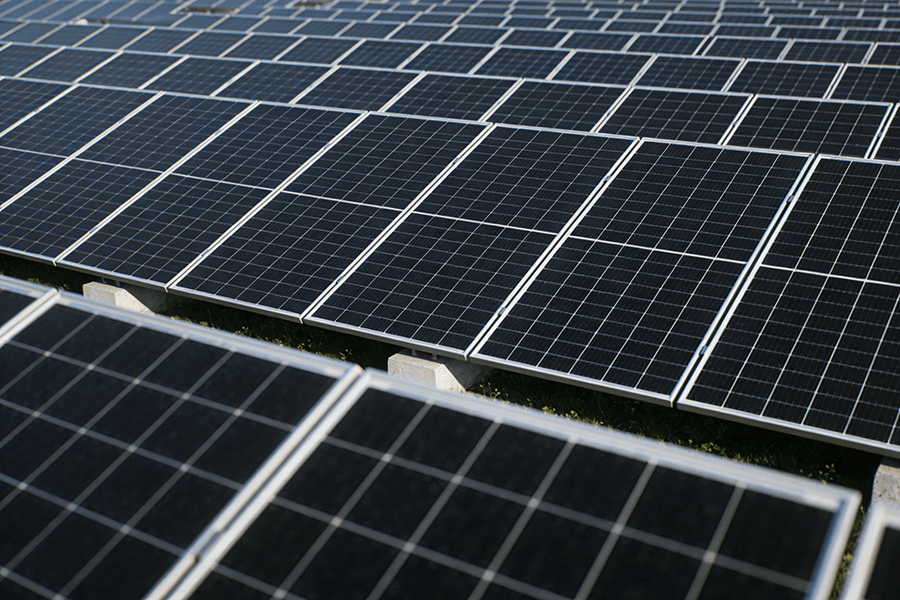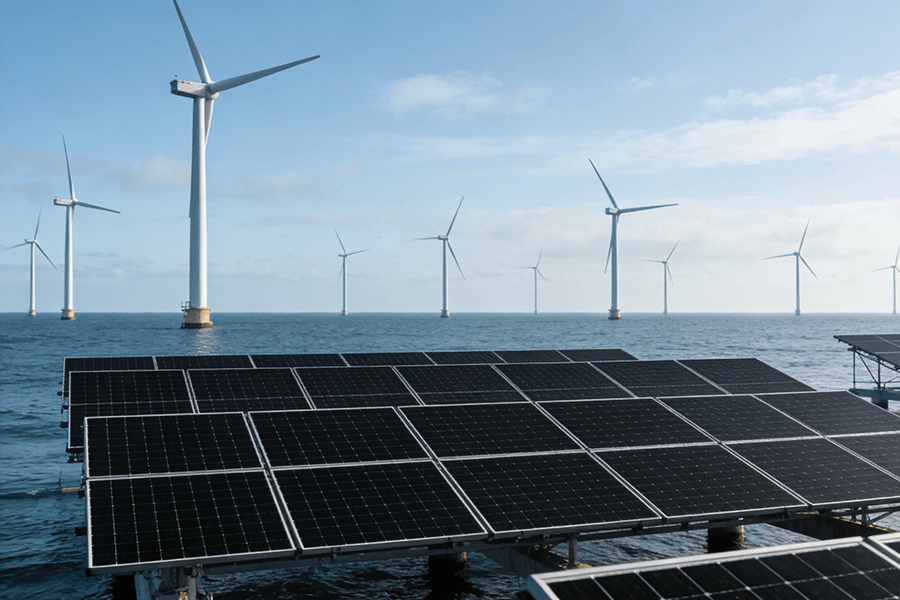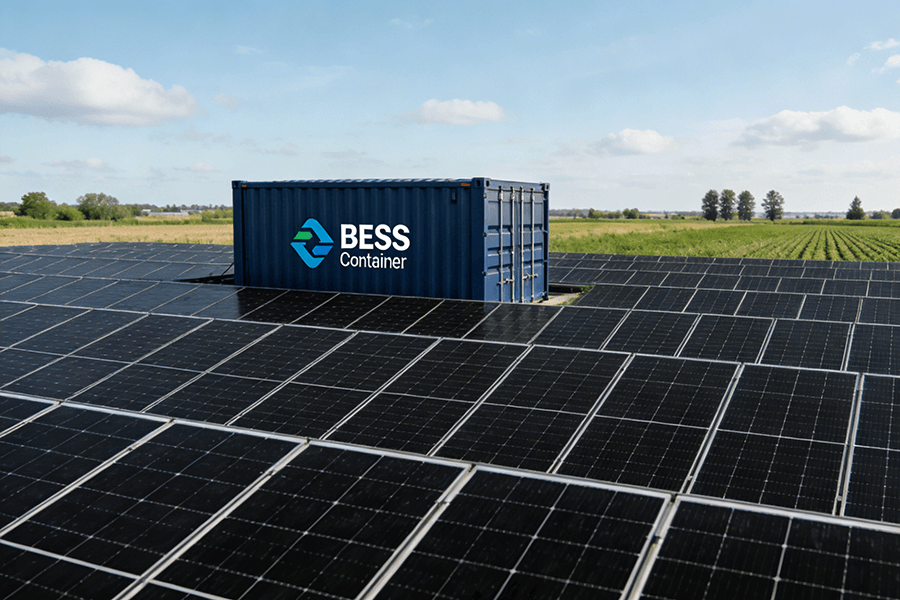Introduction
The global shift towards sustainable energy has led to the emergence of transnational solar projects, which promote international cooperation by harnessing the power of the sun and transmitting solar electricity across borders. These projects are helping create a more interconnected and sustainable world, facilitating clean energy production, reducing greenhouse gas emissions, and improving energy access in underserved regions. This article explores the significance of transnational solar projects in international energy cooperation and the development of cross-border energy grids.
The Need for International Cooperation
In an increasingly interconnected world, the challenges and opportunities related to energy are not confined by national borders. Energy demand is surging worldwide, and the need for clean and sustainable power sources has never been more critical. Solar energy, with its abundant supply, offers a solution. However, to fully harness its potential, international cooperation is essential. This cooperation extends to sharing knowledge, technologies, and resources, as well as supporting cross-border initiatives like transnational solar projects.
Key Aspects of Transnational Solar Projects
Shared Solar Resources: Transnational solar projects take advantage of the diverse solar resources available across different regions and countries. By tapping into solar energy from multiple locations, these projects can maintain a more consistent energy supply, reducing the impact of weather variations and day-night cycles.
Energy Transmission Infrastructure: Establishing a robust energy transmission infrastructure is a fundamental requirement for transnational solar projects. This includes high-voltage transmission lines and interconnectors that enable the efficient transportation of electricity across borders.
Energy Storage: Energy storage solutions, such as batteries and pumped hydro storage, play a crucial role in ensuring a steady energy supply. They store excess solar electricity during periods of high generation and release it when needed, maintaining grid stability.
Policy and Regulatory Frameworks: Governments and international organizations work together to develop harmonized policies and regulatory frameworks that facilitate the construction and operation of transnational solar projects. These frameworks address issues like energy trade, tariffs, and environmental considerations.
Benefits of Transnational Solar Projects
Enhanced Energy Reliability: Transnational solar projects increase the reliability of energy supply by drawing from diverse sources. This reduces the risk of energy shortages caused by adverse weather conditions in a single region.
Environmental Benefits: By promoting the use of renewable energy sources, transnational solar projects contribute to significant reductions in greenhouse gas emissions and air pollution. They align with international efforts to combat climate change.
Energy Access: In regions with limited access to reliable electricity, transnational solar projects can provide a consistent and clean source of power. This access to electricity can improve the quality of life and promote economic development.
Economic Opportunities: The development and operation of transnational solar projects create employment opportunities and stimulate economic growth in the participating regions. They also foster technology transfer and innovation.
Examples of Transnational Solar Projects
One Belt, One Road Initiative (China): China’s ambitious infrastructure development project aims to connect Asia, Europe, and Africa through a network of trade routes. As part of this initiative, China has invested in transnational solar projects in various countries, facilitating the exchange of solar-generated electricity.
North Sea Wind Power Hub (Europe): This project envisions building artificial islands in the North Sea to connect offshore wind farms from multiple European countries, including the Netherlands, Germany, Denmark, and Belgium. It offers a blueprint for transnational renewable energy cooperation.
Power Africa (U.S. Initiative): Power Africa focuses on increasing access to electricity in sub-Saharan Africa. It includes a variety of transnational solar projects aimed at harnessing the region’s abundant solar resources to support economic development.
Conclusion
Transnational solar projects are a testament to the power of international cooperation in addressing global energy challenges. These projects bridge geographic and political boundaries to harness the sun’s energy efficiently and transmit it across borders. By uniting nations through the development of cross-border energy grids, we can collectively work towards a cleaner, more sustainable energy future.
As the world continues its transition to renewable energy sources, transnational solar projects exemplify how shared resources and collaborative efforts can drive progress. They not only help meet the rising global demand for electricity but also contribute to environmental protection and socio-economic development. Transnational solar projects underscore the significance of working together on a global scale to build a more sustainable and interconnected world.
If you want to customize your own photovoltaic solution today, please contact us.




